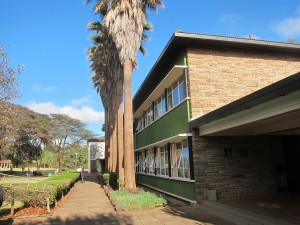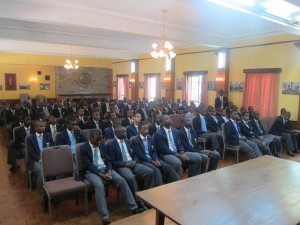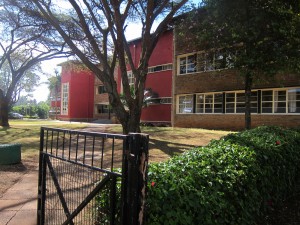One of the responses, that made sense, given in response to some of my regular complaints that bicycles haven’t become more ubiquitous as an effective and efficient means of transportation was that nobody cares about them. It made sense at the time because the evidence supported it. At least as far as Lagos was concerned, there seemed to have been a general consensus that public (or private) transportation in vehicles were the only viable means of transportation.
It also made sense in light of little regard by the city planners to the presence of the few number of bicycles currently on the road: palm wine sellers, elderly (Hausa?) men with scant regard for our “civilisation” on wheels, and occasional young men with all the time in the world. If people didn’t have a place to ride their bicycles, why would they buy it? Or, if they bought it, why would they risk riding it outside where they can be knocked down by an impatient Lagos driver?
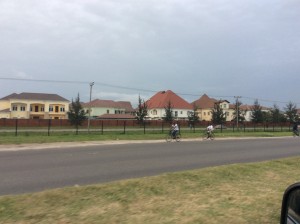 Things, today, seems to have changed however. In the last couple of weeks, my attention has been drawn to the presence of many more bicycles on Lagos roads than I observed before. Young men (and sometimes women), professionals, and everyone in-between, seem to have finally come around to their use, perhaps in the final acceptance of its pragmatic utility in the face of the intractable city traffic. I have been taking their pictures, and will continue to do so.
Things, today, seems to have changed however. In the last couple of weeks, my attention has been drawn to the presence of many more bicycles on Lagos roads than I observed before. Young men (and sometimes women), professionals, and everyone in-between, seem to have finally come around to their use, perhaps in the final acceptance of its pragmatic utility in the face of the intractable city traffic. I have been taking their pictures, and will continue to do so.
This development is a good thing, which only means a few more things must happen:
- Lagos MUST create better pathways for cyclists to ply. Except one is part of the elite club of cyclists who ride in groups every weekend, followed usually by an ambulance or a private car to protect their rear, most cyclists today are not safe on the road. Most of them ride on the opposite side of the road so as to see oncoming traffic. It is smart, but that’s still not safe enough, nor is it where bicycles are meant for.
- Following the first bullet point, Lagos MUST amend its traffic laws to create clear instructions for cyclists, at least on large highways. But first, let’s fix #1
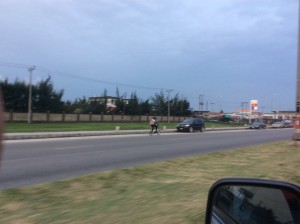 I was thinking, today on the way back from work, how nice it would be if thought was actually put into planning the city. The middle lane of the Lekki-Epe Expressway, where street lights are erected, is wide enough. One wonders how nicer it would have been if it had been well planned to include a cycling lane, protected on each side by the same wire mesh used to prevent people from illegally crossing the highway.
I was thinking, today on the way back from work, how nice it would be if thought was actually put into planning the city. The middle lane of the Lekki-Epe Expressway, where street lights are erected, is wide enough. One wonders how nicer it would have been if it had been well planned to include a cycling lane, protected on each side by the same wire mesh used to prevent people from illegally crossing the highway.
There is a heavy presence of Chinese construction/interest on the continent today. It’s not hard to imagine a Chinese company being very interested in a contract to create a network of bicycle lanes around the city. If advertising stations have to be put along the paths to make the money back for the state, wouldn’t it at least have been worth it? I decide eventually that I’m a linguist, and this is probably not my job to think about things like this. That why we voted a governor into office!
I got a new bicycle myself, last week, gifted to my by my erstwhile employers as a thoughtful parting gift. I haven’t yet found the need to ride it, or an avenue, or a reason capable of convincing my wife that I’m not embarking on a suicide mission. But the possession delights. Now to the harder work of making the society take serious the health and safety of all city riders.
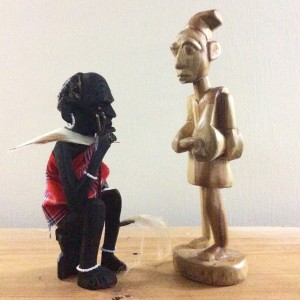
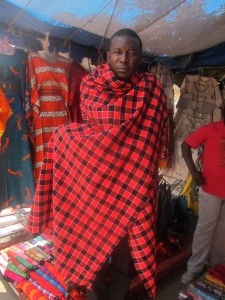


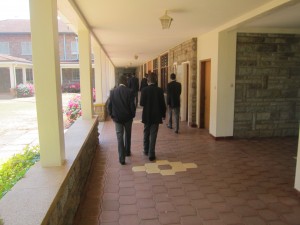
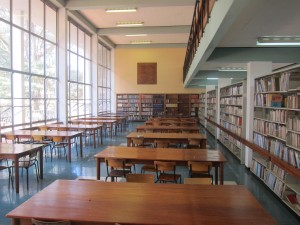
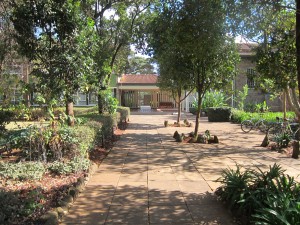
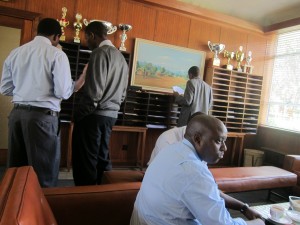

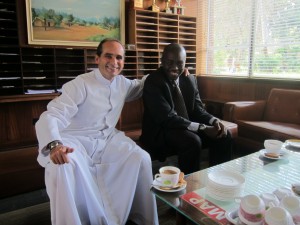

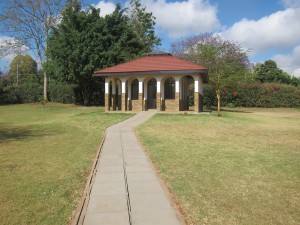

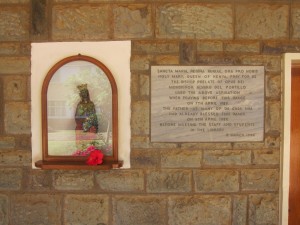
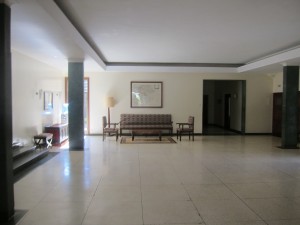



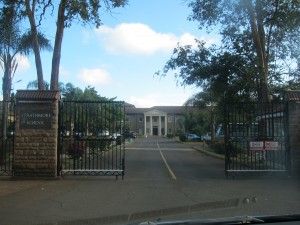
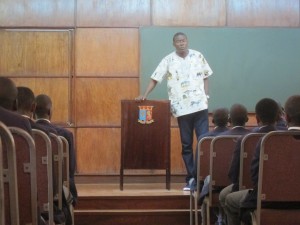 My visit to the school was engineered by my employers in Lagos as a way to share ideas between the two schools, giving me a chance to compare the students and school environment in the two cities, and finally to provide a chance to interact with the students especially on issues of career, talent, and passion. After all, I was visiting Kenya as a blogger finalist of a prestigious journalism award. Wouldn’t it be nice to give a talk to the students about how I got to where I am, how I’ve navigated my own life and vocations, and how they can also develop their talents and passions towards the future? I had looked forward to it all through my stay in Kenya, so finding myself on the campus a day before my departure was quite appropriately gratifying. It would have been equally nice, had there been enough time, to visit the Strathmore University which I’d also heard great things about. But it was located at a different part of town and time wasn’t sufficient.
My visit to the school was engineered by my employers in Lagos as a way to share ideas between the two schools, giving me a chance to compare the students and school environment in the two cities, and finally to provide a chance to interact with the students especially on issues of career, talent, and passion. After all, I was visiting Kenya as a blogger finalist of a prestigious journalism award. Wouldn’t it be nice to give a talk to the students about how I got to where I am, how I’ve navigated my own life and vocations, and how they can also develop their talents and passions towards the future? I had looked forward to it all through my stay in Kenya, so finding myself on the campus a day before my departure was quite appropriately gratifying. It would have been equally nice, had there been enough time, to visit the Strathmore University which I’d also heard great things about. But it was located at a different part of town and time wasn’t sufficient.
